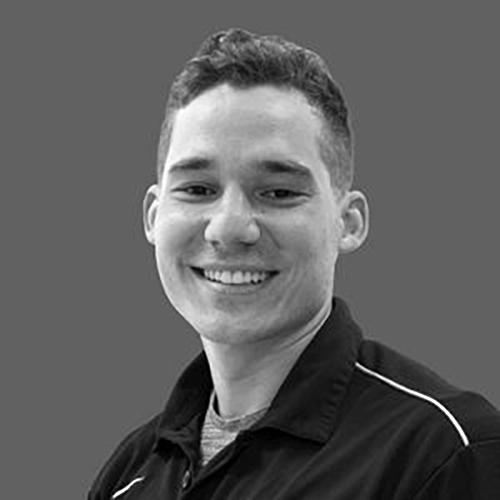Optimizing cardiovascular fitness: a collaborative approach for health and performance
At Performance Optimal Health, we value a collaborative approach to improving cardiovascular fitness. Through personalized programs and adherence to ACSM guidelines, clients have seen significant improvements in their cardiovascular health and overall well-being.
February 6, 2024 | William Manzi, CEP

At Performance Optimal Health, our work revolves around collaboration, including doctors and other healthcare professionals in order to create a team for the client. When someone comes through our doors, we identify a baseline estimated V02 max, in order to establish a baseline of cardiovascular fitness. VO2 max is the amount or volume of oxygen your body uses while exercising vigorously, and it's a common tool to understand your fitness level. Knowing your VO2 max can help you train for sports, track your fitness improvement, and improve your overall heart health.
Once this number is established, we work with you and your healthcare team hand in hand in order to directly increase this number. That can involve checking in with the client's doctor, working with one of our nutritionists to establish a healthy diet, or collaborating with our physical therapists to address any potential musculoskeletal issues. Putting it all together allows for the best results for our clients, no matter their goals.
For example, in our 3 month cardiovascular care program where we work with you one on one, monitoring your heart rate, blood pressure, EKG, and MET levels, we have seen one individual increase her numbers by 155%! Another individual even increased her MET level from 32.4 to 50.2 mL/kg/bw in her 3 month program. Protocols were as followed, laid out by the American College of Sports Medicine (ACSM) FITT-VP principle.
At the end of the day, it's about establishing an exercise prescription given to you by your trainer who works with you extensively one on one and communicates with your healthcare team. In our initial intake we sit down to not only get to know you, but also to discuss the four pillars of health — exercise, recovery, nutrition, and stress management, to get a complete picture of your health. At Performance, we look at the body as whole and try to understand what the root cause of the problem is, and not just treat the underlying symptoms.
Here is what a FITT exercise program for cardiovascular exercise looks like:
- Frequency: 3-5 days per week of moderate to vigorous exercise
- Intensity: Low is 40-60% of MaxHR (Heart Rate); Moderate is 60-80% MaxHR; Vigorous is 80-95%MaxHR
- Time: At a moderate intensity, minimum of 150 minutes per week or minimum of 75 minutes per week at a vigorous intensity. This could be 30 minutes of moderate exercise per day or 15 minutes of vigorous exercise per day.
- Type: Aerobic, continuous, rhythmic exercises that incorporate large muscle groups, i.e treadmill, elliptical, rower, bicycle
- Volume: Increase total duration of exercise 2-10 min each week
- Progression: Increase duration before intensity, pushing from 150 min/week to 250 min/week of total duration

William Manzi
William Manzi, CEP, is an exercise physiologist and personal trainer who specializes in the ability to take care of any individual, regardless of any limitations. Over the past ten years, he has trained a variety of different individuals for over ten years, including US Navy SEALs, heart attack patients, and more.
